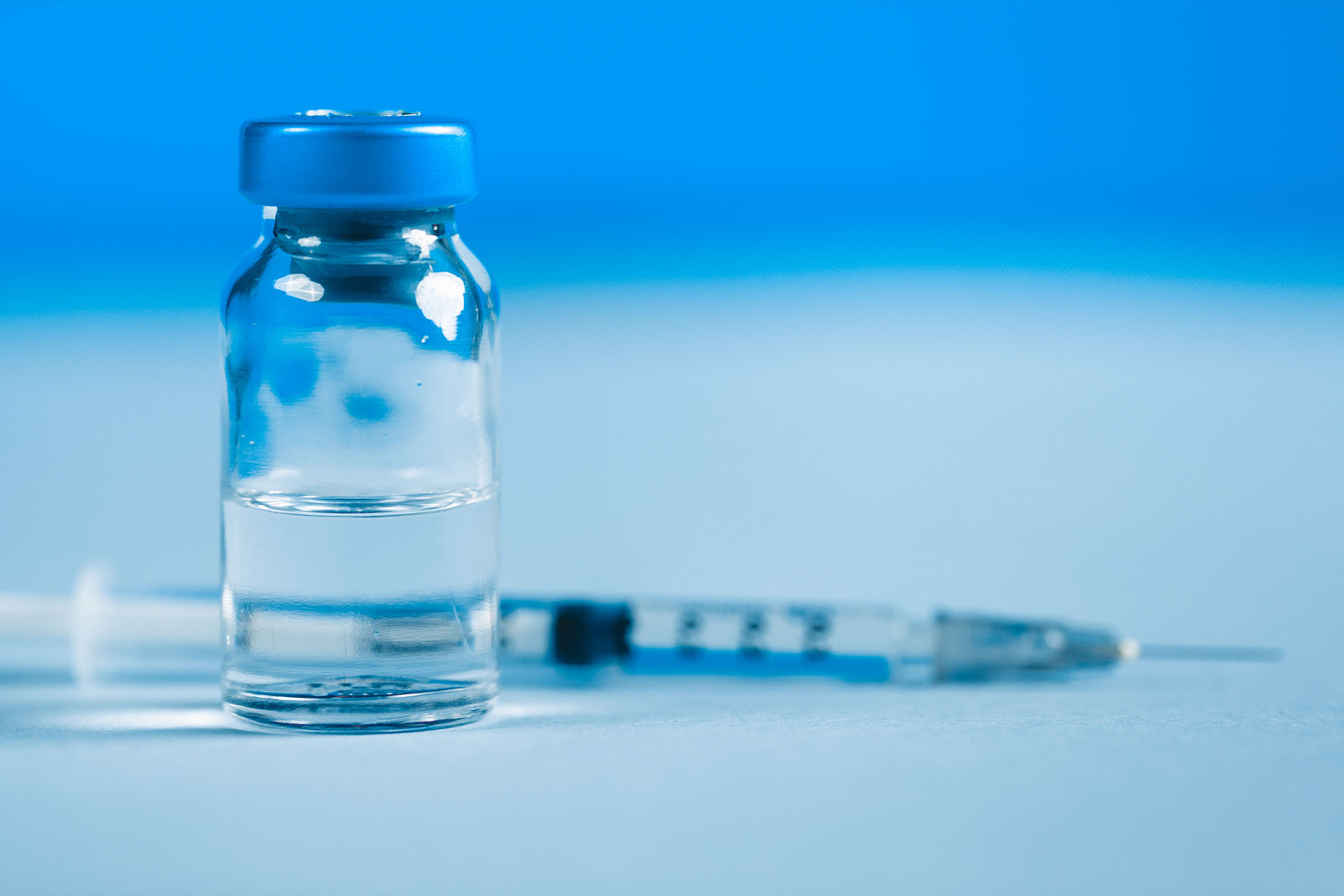Peels use differing formulas of chemicals to treat your face or body skin. Mild chemicals (like glycolic acid) create very superficial changes, but more irritating chemicals (such as TCA) can cause more profound changes in your skin. As the potential for dramatic change increases, so does the potential risk of undesirable change, such as permanent skin lightening or scarring.
How is a chemical peel performed?
A chemical peel solution may be applied to your entire face or just to certain regions, such as the crow’s feet area around your eyes or the vertical wrinkles around your mouth. Your surgeon decides how long to leave the solution on your face by carefully observing any changes in the appearance of your skin. With certain types of chemical peels, the solution may be “neutralized” after an appropriate amount of time has elapsed.
Types of chemical peels
The different types of chemical peels vary according to their specific ingredients and their strength. The depth of their peeling action may also be determined by factors such as how long they remain on the skin and whether they are applied lightly or rubbed more vigorously onto the skin.
TCA Peel: A trichloracetic acid (TCA) peel is often used for the treatment of wrinkles, pigmentary changes and skin blemishes. Many patients can benefit from having TCA applied not only on the face but also on the neck and other parts of the body that have been exposed to the sun. For spot peeling of limited areas such as around the mouth or eyes, TCA formulas are often preferred because they have less bleaching effect than solutions
containing phenol, another popular peeling agent. For the same reason, some surgeons have found TCA to be effective in treating darker-skinned patients.
Milder TCA peels can be repeated frequently in order to achieve cumulative effects, or TCA can be used to achieve a medium or even a deep peel, depending on the acid concentration and manner of application.
Phenol Peel: A phenol peel is a more aggressive peel that is not utilized at our Center.



